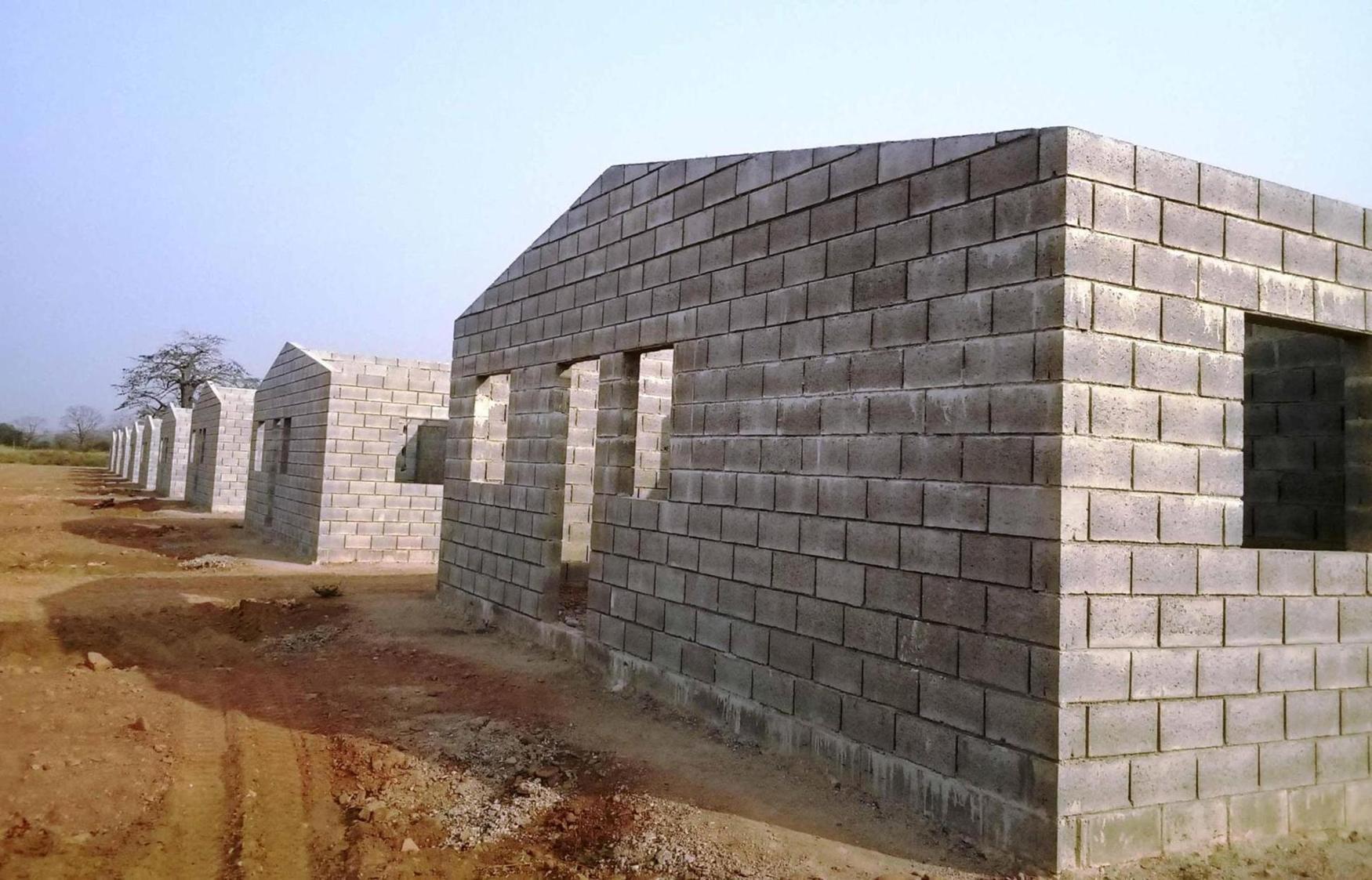Africa-Press – Angola. The approval and start of operationalization of the Directed Self-Construction Program, which aims to reduce the housing deficit in Angola, currently estimated at 2.2 million homes, was one of the highlights of the Public Works, Urban Planning and Housing sector, in 2023.
Approved by the Economic Commission of the Council of Ministers, on May 30th, the respective Project contemplates the provision of 910 thousand 600 plots of infrastructured land, destined for national citizens who wish to realize the dream of owning their own home, across the 18 provinces. from the country.
To begin implementing the plan, to be implemented in the period 2023-2027, the Angolan Government launched the directed self-construction pilot project, on 30 July this year, with an offer of 1,300 lots, which were distributed to provinces of Bié, with 400 plots, Lunda Sul (400) and Luanda (500 plots).
According to the Ministry of Public Works, Urbanism and Housing (MINOPUH), the program plans to reduce the housing deficit to 49% by 2027, enabling the population to access infrastructured lots, agricultural villages and fishing villages.
According to the Government, this will allow the expansion of new urban and rural centers in an orderly manner, through the implementation of territorial planning instruments, making cities increasingly stronger, inclusive, safe, resilient and sustainable, providing a better quality of life for residents. citizens.
In addition, the plan intends to promote private initiatives in the construction of housing and other services, with the guarantee of legal security of ownership of the real estate asset.
Among the advantages of the program, we highlight the allotment of land, based on a pre-existing project, the registration of land at the Land Registry and the issuance of contracts linked to the registration, main tools that can contribute to planning and organizing, conveniently , the next cities in the country.
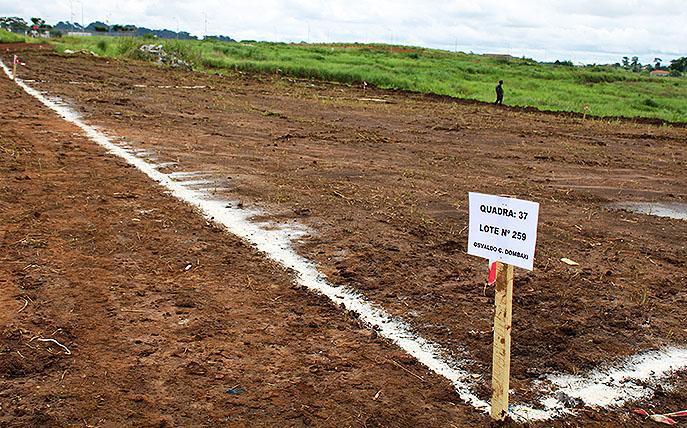
According to the Association of Real Estate Professionals of Angola (APIMA), the implementation of the Directed Self-Construction Program represents the beginning of the process of urbanizing future Angolan cities in an adequate way.
It recognizes that the project allows cities to be urbanized properly, no longer creating random subdivisions, a fact that will allow the Government to control who has already benefited from land, for example, and mitigate existing land disputes in Angola.
Additionally, the creation of agro-villages will make it possible to relieve large urban centers and improve the living conditions of the population, with demographic growth being more widespread throughout the country.
Still in 2023, the first phase of the Teresa Afonso Gomes Centrality was inaugurated, in the city of Caxito, province of Bengo, which included the construction of 80 buildings, of which 72 house shops and 486 homes, eight of which are single-story houses.
The respective housing stock foresees, in the second and final phase, the construction of a further 78 four-storey T3 buildings, totaling a total of one thousand homes, namely 946 apartments, 30 single-story houses and 72 shops.
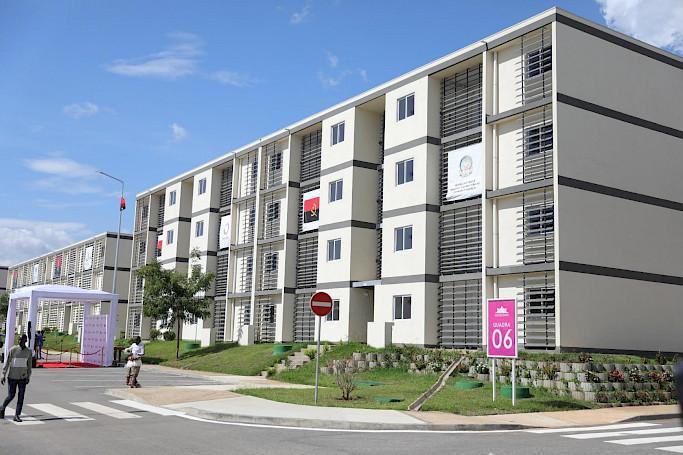
Budgeted at 182.9 million US dollars, plus USD 4.5 million for the inspection contract, the centrality also includes several social structures such as primary and secondary schools, health center, police station, multipurpose field, garden kindergarten and football field 11.
The housing project is the second in the province of Bengo, after Centralidade do Capari, the first to come into operation, with 4000 housing units.
Alongside the Teresa Afonso Gomes Centrality, the first phase of the urbanization of Cabinda was also inaugurated, which has 470 homes and 72 stores, a total of 2,940 T3 houses (apartments and single-story houses) and 180 commercial establishments.
Named after the first commander of the National Police, after independence, Santana André Pitra ‘Petroff’, the centrality will have the capacity to accommodate 21 thousand residents, and in the first phase it will house 3,300 inhabitants.
In addition to the completion of the Bengo and Cabinda centralities, construction of similar urbanizations is also underway in Cuanza Norte, Malanje, Zaire and Cuando Cubango.
In recent years, the Angolan Government has completed 14 centralities, corresponding to 39 thousand homes, built in Luanda, Benguela, Bié, Cuanza Sul, Huambo, Huíla, Namibe, Moxico, Uíge and Cunene.
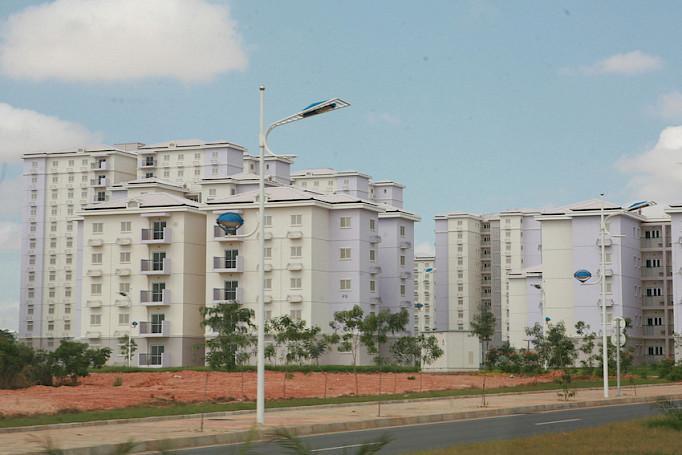
Among these centralities, the Angolan capital, Luanda, is the province that concentrates most of the housing stock, namely Kilamba (the first and largest in the country), Sequele, Vida Pacífica, Zango Zero, KK 5000, Zango 5 and KM 44.
In total, the country has 24 centralities, equivalent to 85 thousand homes, which have already been fully sold, according to the Housing Development Fund (FFH).
The process of selling apartments in central cities began in 2012, in Kilamba, the largest housing project in the country, with 20 thousand apartments, corresponding to 710 buildings with four, eight and 12 floors (floors) of types T3, T3+1 and T5 .
Containment program stops 200 ravines
Throughout 2023, 200 ravines of the 742 cataloged across the country were blocked, as part of the Containment Program for this phenomenon approved by the Angolan Executive.
According to the Ministry of Public Works, Urban Planning and Housing, these erosions put public infrastructures and homes at risk, which were at risk of collapsing.
With this intervention, centralities, roads, fuel tanks, high voltage stations and other public and private infrastructures are safe and, above all, spaces that previously constituted a risk can be used for other purposes, such as directed self-construction. , agriculture and manufacturing industry.
According to the head of this ministerial department, Carlos Alberto dos Santos, the more than 500 missing ravines will be intervened in the period 2024/2025.
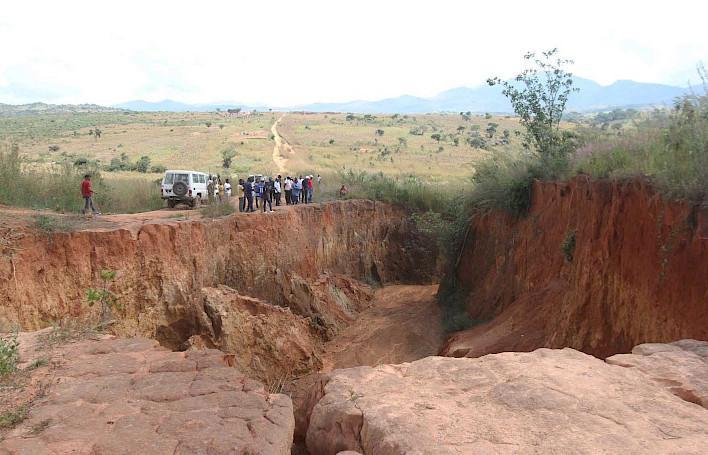
The project covers the provinces of Bié, Cuanza Norte, Luanda, Lunda Sul and Malanje, which will benefit from ravine containment and stabilization works, in order to guarantee safety for people and property.
Road infrastructure
In terms of road infrastructure, the highlight is the start of construction of 430 kilometers of dirt road in Cuando Cubango, budgeted at 100 million US dollars.
The work envisages the implementation of a new technology, using a soil stabilizer, with costs and benefits for the national economy, as well as approval from the Angolan Engineering Laboratory.
Another milestone also achieved in 2023 was the award of works for the construction of various infrastructures, with emphasis on the rehabilitation of the Muconda/ Samujimo Biúla section, the so-called ‘forgotten National Road 240’, in the interior of Muconda and Dala, province of Lunda Sul.
The rehabilitation of this eastern corridor of Angola, with 169 kilometers, of which around 70 kilometers are already leveled, is underway and will provide more than a thousand jobs for young people.
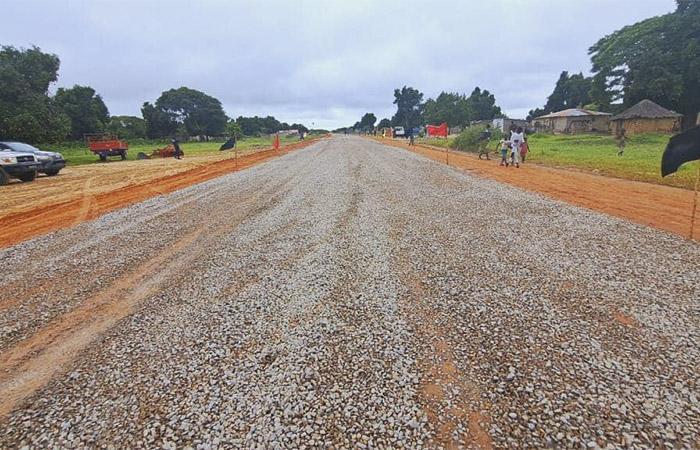
To be completed in three years, the project includes asphalting, with a budget of more than 162 billion and 71 million kwanzas.
This year, which is about to end, the construction works on the connection road between Angola and Zambia, in two directions, inserted in the Lobito corridor, were also highlighted, the memorandum of understanding of which was signed during the visit of the Zambian President, Hakainde Hichilema , Angola.
The work extends approximately 800 kilometers for the road infrastructure from Lobito (Benguela) to Luau (Moxico), on the Angolan side.
Due to the length of the road in terms of kilometers, it is estimated that the project will take three years to complete.
angop
For More News And Analysis About Angola Follow Africa-Press

